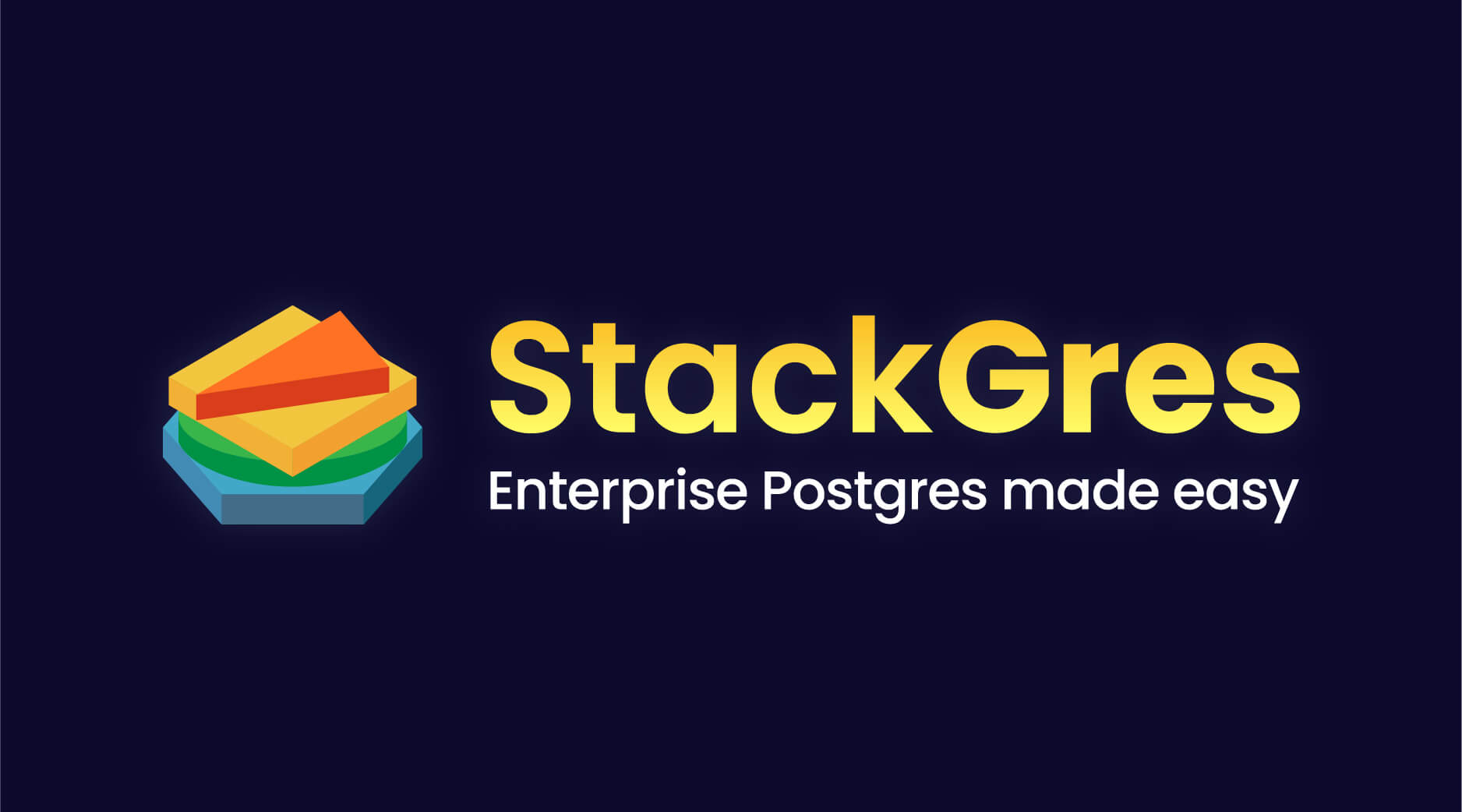
StackGres 1.10: Autoscaling and Replication initialization from backups
In this post we will talk about StackGres 1.10.0 – a release with improved autoscaling and replication from backups, plus several bug fixes for improved stability!
TL;DR
- Support horizontal and vertical autoscaling with KEDA integration.
- Support replication initialization from backups.
- Fixes and stability improvements.
You can find the full changelog for this version in our GitLab release page.
What’s new?
Automated Scaling improvements
Prepare for automatic horizontal (and soon vertical) autoscaling: StackGres 1.9.0 lays the groundwork for seamless integration with Horizontal Pod Autoscaler (HPA) and Kubernetes Event-Driven Autoscaler (KEDA). Now, StackGres 1.10.0 improves this feature to allow the use of resources more effectively.
This can be configured using the SGCluster.spec.autoscaling section:
In the below example (the full spec is omitted for brevity), when 75% of the average value of replicas connections are used the SGCluster will be scaled horizontally from 2 to 4 instances:
apiVersion: stackgres.io/v1
kind: SGCluster
spec:
...
autoscaling:
mode: horizontal
minInstances: 2
maxInstances: 4
horizontal:
replicasConnectionsUsageTarget: 0.75
To allow autoscaling replication groups the field SGCluster.spec.replication.groups.minInstances has been added so that the number of instances in the group where the field is specified, instead of having a fixed number, will be calculated based on the following formula:
<group instances> = max(<group minInstances>, <group minInstances> * <cluster instances> /
<cluster autoscaling minInstances>)
VerticalPodAutoscaler, used by StackGres vertical autoscaling, still do not implement in-place resources update, this makes vertical autoscaling viable in far less use cases since it requires the instances (including the primary) to be restarted.
Check more in the documentation: https://stackgres.io/doc/1.10/reference/crd/sgcluster/#sgclusterspecautoscaling
Replication initialization from backups
Replication initialization has been finally upgraded in order to allow using existing backups or, if configured so, to create a new backup in order to use it for initialization.
This feature allows to reduce the load of the primary instance since now is not required to create a base backup every time a replica is spin up, the replicas can be bootstrapped from a backup fetch from an object store.
To configure this feature you can check the modes allowed in SGCluster.spec.replication.initialization:
❯ kubectl explain SGCluster.spec.replication.initialization
GROUP: stackgres.io
KIND: SGCluster
VERSION: v1
FIELD: initialization <Object>
DESCRIPTION:
Allow to specify how the replicas are initialized.
FIELDS:
backupNewerThan <string>
An ISO 8601 duration in the format `PnDTnHnMn.nS`, that specifies how old an
SGBackup have to be in order to be seleceted
to initialize a replica.
When `FromExistingBackup` mode is set this field restrict the selection of
SGBackup to be used for recovery newer than the
specified value.
When `FromNewlyCreatedBackup` mode is set this field skip the creation
SGBackup to be used for recovery if one newer than
the specified value exists.
backupRestorePerformance <Object>
Configuration that affects the backup network and disk usage performance
during recovery.
mode <string>
Allow to specify how the replicas are initialized.
Possible values are:
* `FromPrimary`: When this mode is used replicas will be always created from
the primary using `pg_basebackup`.
* `FromReplica`: When this mode is used replicas will be created from
another existing replica using
`pg_basebackup`. Fallsback to `FromPrimary` if there's no replica or it
fails.
* `FromExistingBackup`: When this mode is used replicas will be created from
an existing SGBackup. If `backupNewerThan` is set
the SGBackup must be newer than its value. When this mode fails to restore
an SGBackup it will try with a previous one (if exists).
Fallsback to `FromReplica` if there's no backup left or it fails.
* `FromNewlyCreatedBackup`: When this mode is used replicas will be created
from a newly created SGBackup.
Fallsback to `FromExistingBackup` if `backupNewerThan` is set and exists a
recent backup newer than its value or it fails.
FromExistingBackup as the name implies requires an existing backup, and FromNewlyCreatedBackup a new backup will be created and used if the backupNewerThan does’t find a backup that is newer than the date provided.
Stability fixes
StackGres 1.10.0 contains as usual a set of stability fixes around all areas of the operator, so you can enjoy a stable management platform.
Some of the fixes includes:
- Backup retention was removing WALs of old unmanaged lifecycle backups (breaking them).
- Custom volume mounts model was broken.
- Remove PgBouncer queries from postgres exporter if cluster connection pooling is disabled.
- When recoverying from a volume snapshot the restore procedure do not throw an error when the data folder is not present.
- Allow restart, minor version upgrade and security upgrade to have primaryInstance and initialInstances set to null.
Ready to Experience this new release?
We strongly encourage you to install or upgrade and explore the power it brings. Don’t wait – install StackGres today.
